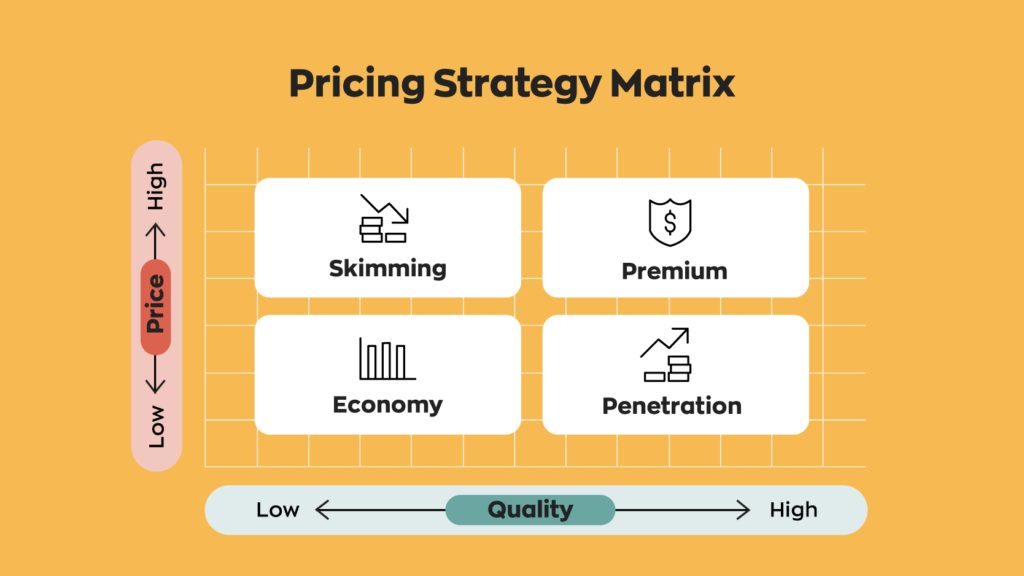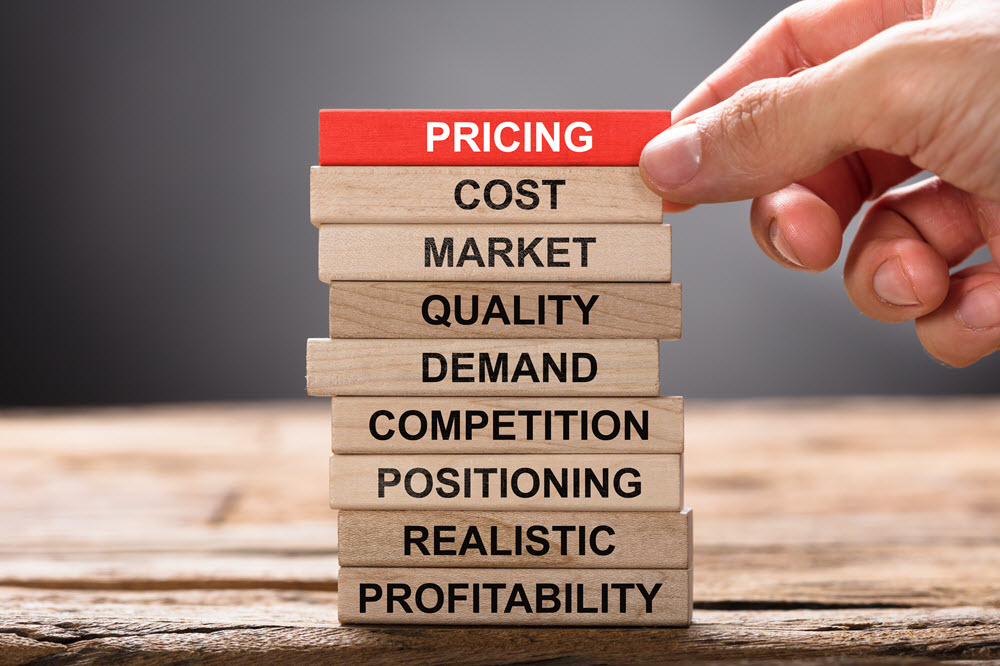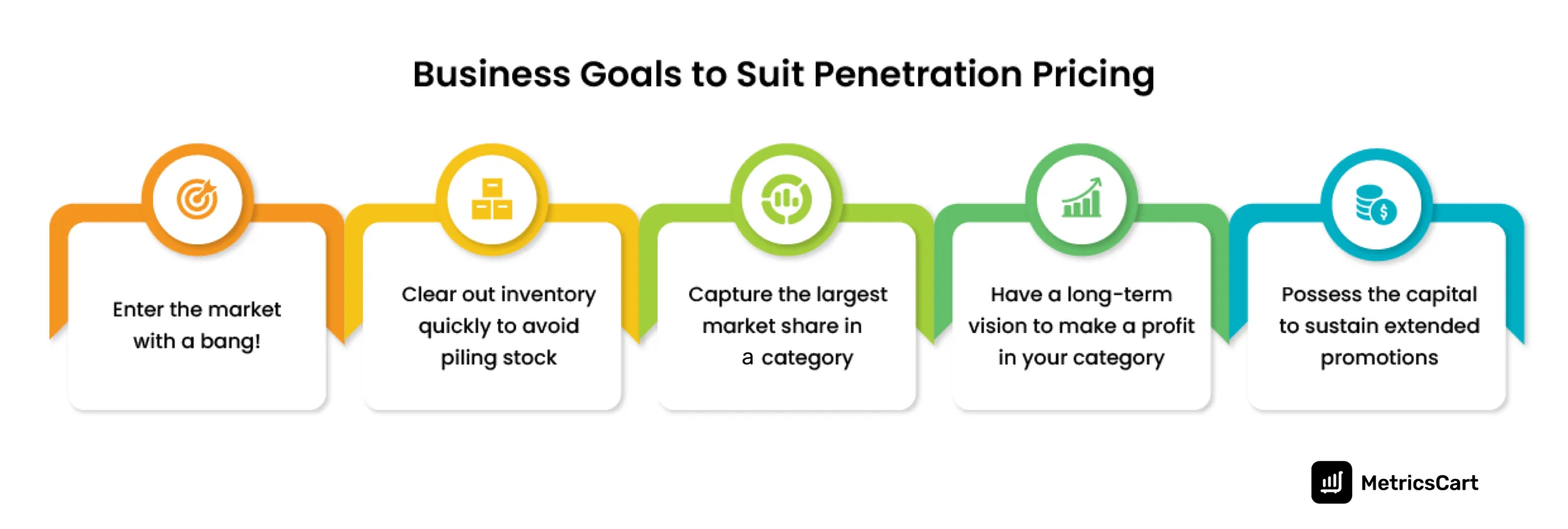Understanding Customer Actions and Its Impact on Your Pricing Strategy
Understanding Customer Actions and Its Impact on Your Pricing Strategy
Blog Article

Master Effective Rates Methods to Make The Most Of Profit
In the ever-evolving landscape of business, grasping efficient rates strategies is necessary for services intending to make best use of profit. A nuanced understanding of pricing psychology can significantly affect consumer habits and buying choices.
Recognizing Prices Psychology
Comprehending pricing psychology is important for companies aiming to optimize their prices techniques. This area examines how consumers perceive rates and just how these understandings influence their buying decisions. Key principles in rates psychology include the anchoring effect, where the first rate provided works as a recommendation factor for customers, and the concept of rate level of sensitivity, which differs among various client sections.
Additionally, companies can utilize the idea of perceived value, where the regarded advantages of a services or product can warrant a greater cost point. As an example, premium rates can develop an aura of exclusivity, bring in consumers who connect higher prices with superior top quality. On the various other hand, mental rates, such as establishing a cost at $9.99 rather than $10, can considerably impact customer habits by making rates show up extra appealing.
In addition, scarcity and urgency can boost the viewed worth of items, prompting quicker purchasing decisions. Comprehending these psychological triggers makes it possible for organizations to develop rates strategies that not only drive sales but additionally foster customer loyalty. Therefore, understanding prices psychology is vital for effective pricing technique formulation, bring about improved success and market positioning.
Executing Value-Based Rates

Next off, section your customers based on their determination to pay and the worth they perceive. By doing so, you can tailor offerings and prices strategies to straighten with various segments.
Constantly keep an eye on market conditions and client responses to improve your rates method over time. By executing value-based prices, companies can improve success while fostering long-lasting client loyalty.
Discovering Dynamic Rates Models
In today's swiftly transforming market landscape, dynamic pricing models have actually become an effective method for businesses looking for to optimize earnings and respond to fluctuations sought after. These versions permit companies to adjust their rates in real-time based on numerous aspects such as consumer habits, market trends, and inventory levels. By leveraging information analytics and formulas, businesses can determine optimum rates points that optimize sales while staying affordable.
Dynamic pricing can take various types, including time-based rates, where prices change based on time of day or period, and demand-based rates, which readjusts costs according to present consumer demand. This versatility not only improves success yet also enhances consumer contentment by offering costs that reflect real-time market problems.
Executing dynamic prices requires a robust technical facilities and a deep understanding of customer segments. It is critical for services to monitor market signals and customer feedbacks continuously, ensuring that prices approaches straighten with more comprehensive business goals. Moreover, clear communication about prices changes can aid mitigate client discontentment and foster trust, inevitably leading to continual profitability in an affordable industry. Accepting dynamic pricing can therefore be a transformative approach in the pursuit for maximizing revenue.
Analyzing Rival Rates
Keeping track of rival rates is necessary for organizations intending to maintain a competitive side in their corresponding markets. By assessing competitors' rates techniques, companies site here can recognize market fads, comprehend customer choices, and readjust their pricing as necessary. This evaluation includes celebration information on competitors' prices, advertising techniques, and product offerings to educate rates decisions.
To efficiently evaluate rival rates, organizations ought to use various devices and techniques, such as cost tracking software program, market study reports, and client responses. This information can reveal exactly how rivals place their services and products, permitting businesses to differentiate their offerings or take on comparable techniques to continue to be relevant.
Furthermore, it is vital to classify competitors into straight and indirect competitors. Direct rivals provide similar services or products, while indirect rivals might satisfy the very same consumer need with various remedies. Understanding the subtleties between these teams will allow organizations to customize their rates methods better.
Ultimately, continuous rival rates analysis is crucial for making educated prices choices. It enables services to stay active in reaction to market shifts, guaranteeing they can seize possibilities and minimize threats associated with pricing methods.
Evaluating Pricing Performance
Understanding just how competitor prices affects market characteristics causes a natural concentrate on examining prices efficiency within one's very own service. This examination is essential for identifying areas of toughness and chances for enhancement, eventually boosting earnings.

In addition, conducting regular prices audits can expose discrepancies between anticipated and actual performance. This website here entails comparing prices information across different segments and channels to comprehend differences and identify fads. Additionally, incorporating customer feedback can provide understandings right into viewed value versus actual prices, ensuring placement with market assumptions.
Last but not least, leveraging data analytics tools can facilitate deeper understandings into prices performance, enabling companies to make data-driven changes (Pricing Strategy). By continually examining rates efficiency, companies can adapt to market changes and optimize their methods, making sure sustained success in an affordable landscape
Conclusion
By leveraging rates psychology, organizations can enhance viewed value and tailor pricing to diverse customer sectors. The fostering of vibrant and value-based pricing models helps with real-time changes based on need and consumer desire to pay.
Comprehending prices psychology is essential for organizations aiming to optimize their pricing methods. Recognizing these emotional triggers enables businesses to develop prices strategies that not only drive sales yet also foster client commitment. Therefore, mastering rates psychology is essential for efficient rates method formula, leading to boosted earnings and market positioning.
By assessing competitors' prices methods, business can recognize market patterns, comprehend consumer Look At This preferences, and change their rates appropriately. By leveraging prices psychology, services can improve perceived value and tailor rates to diverse customer sectors.
Report this page